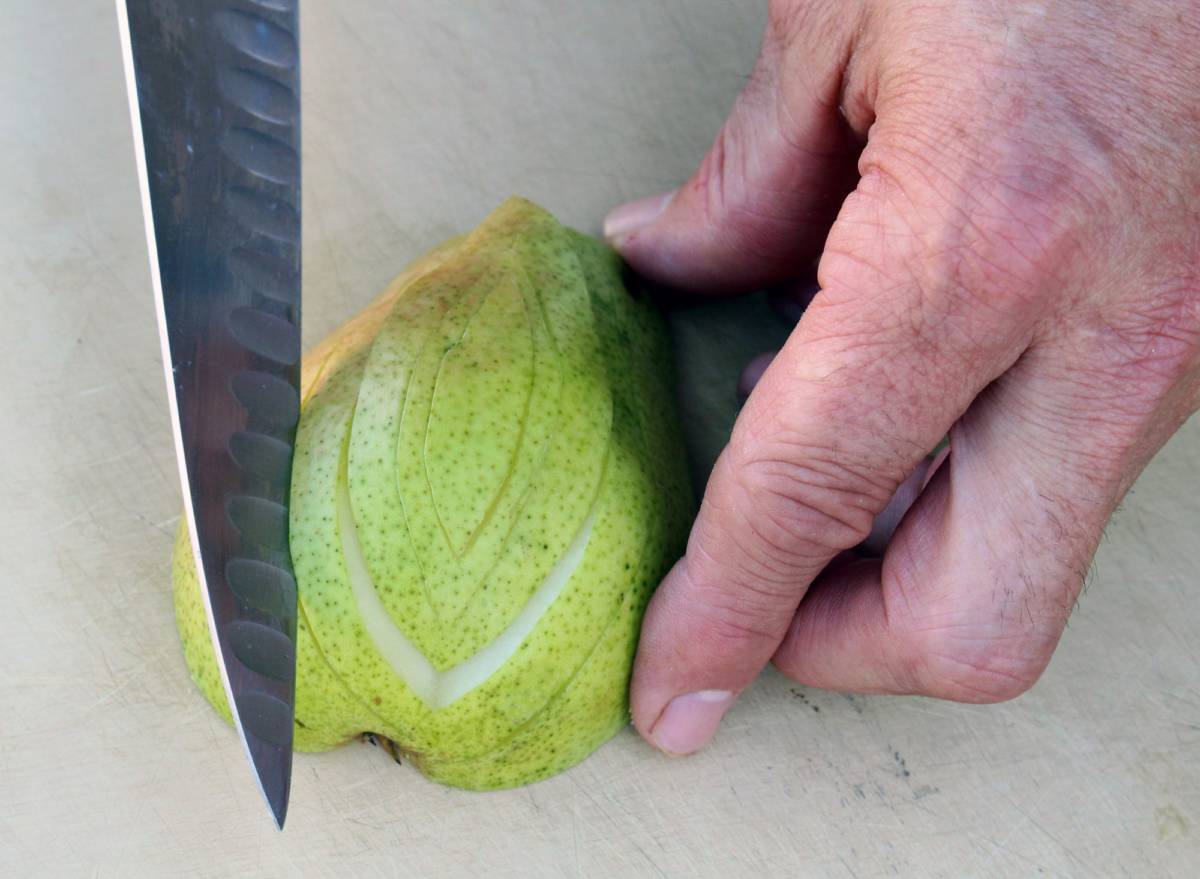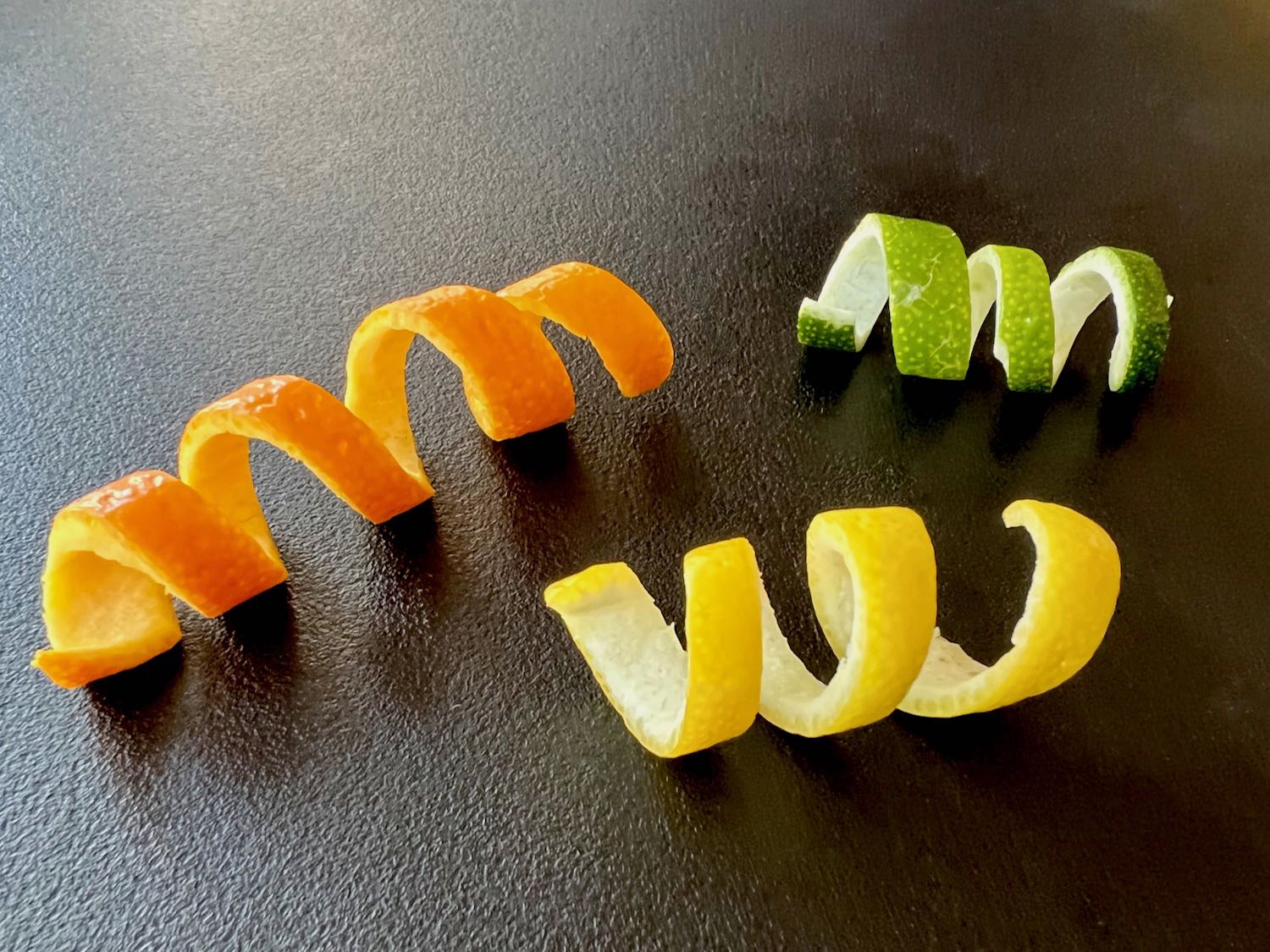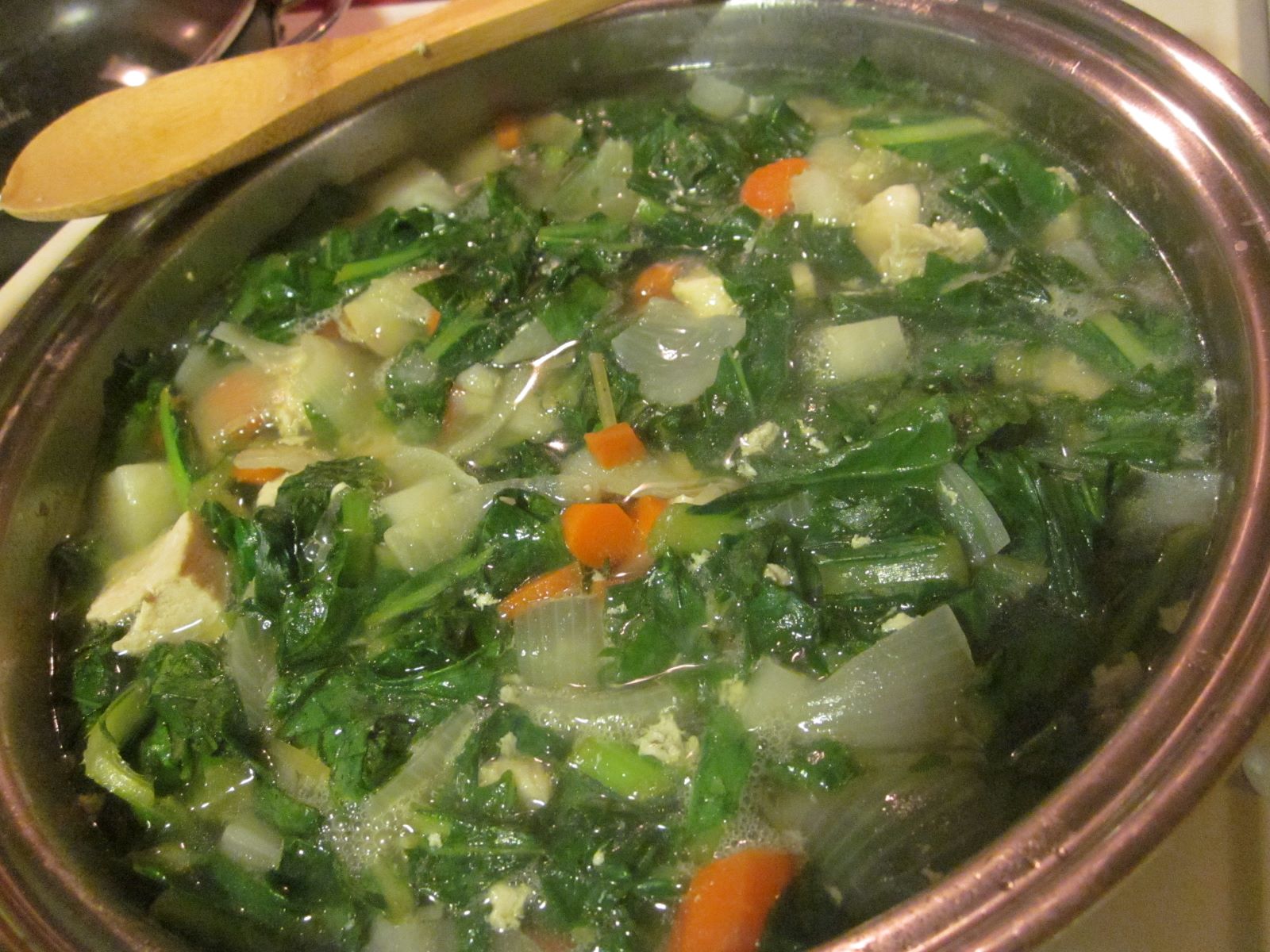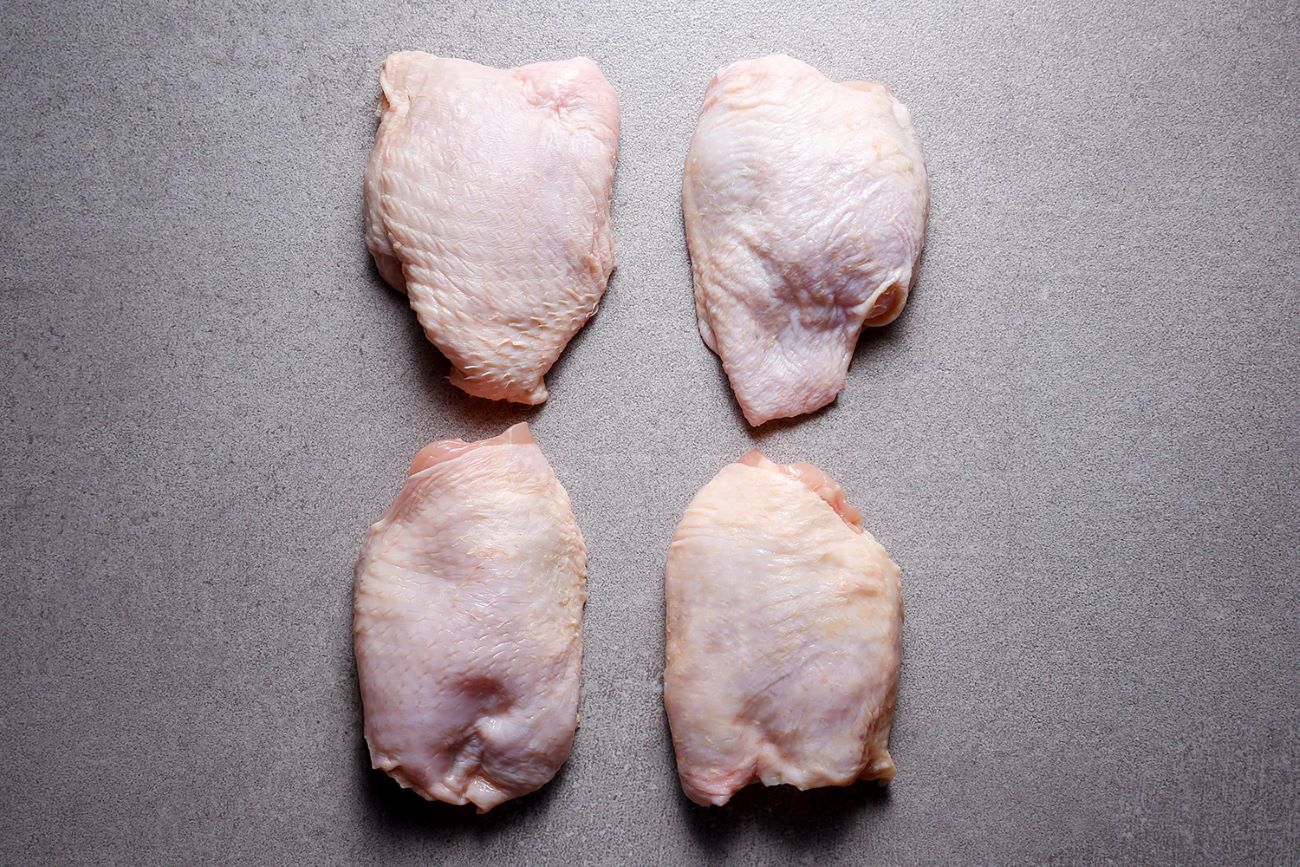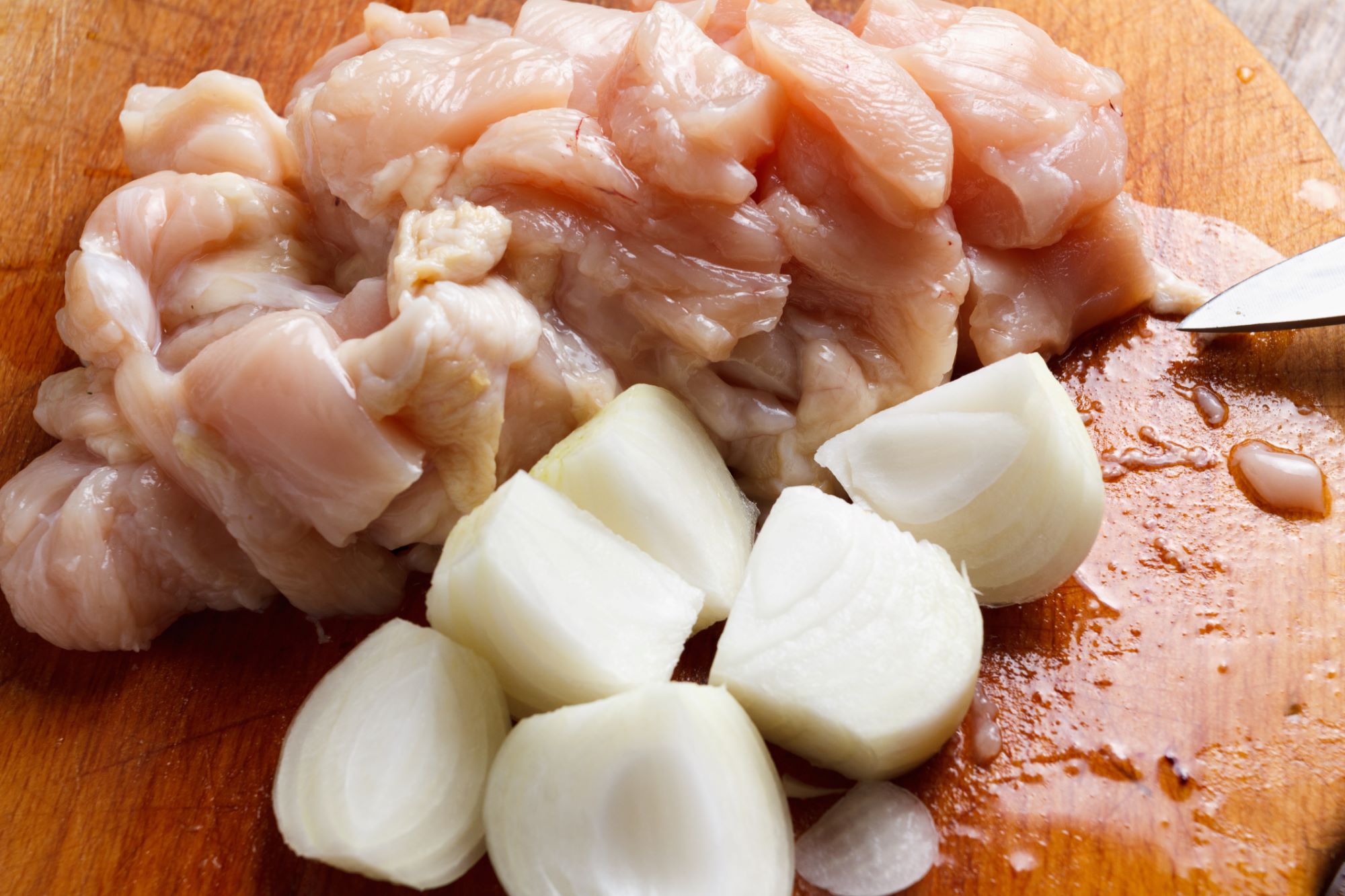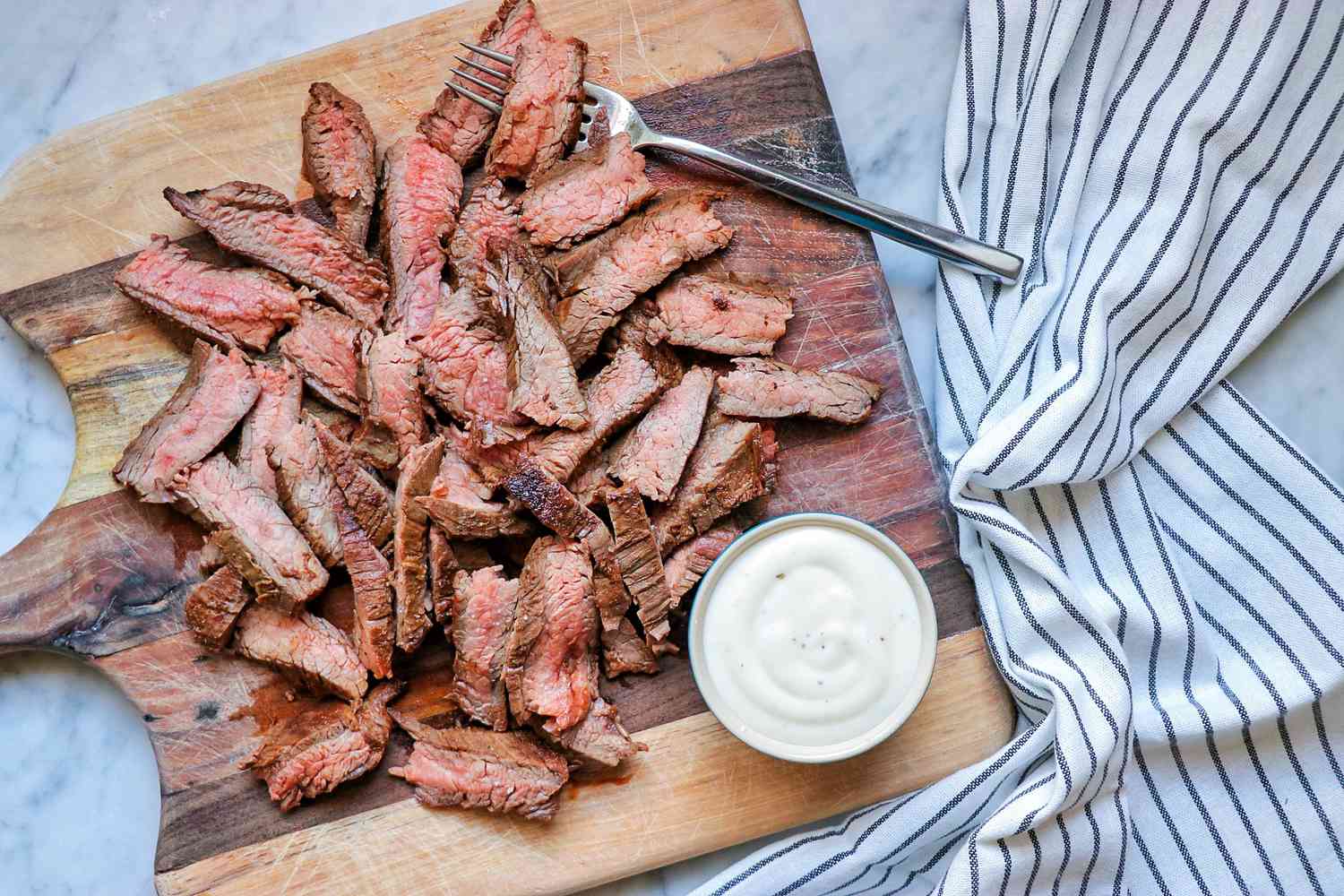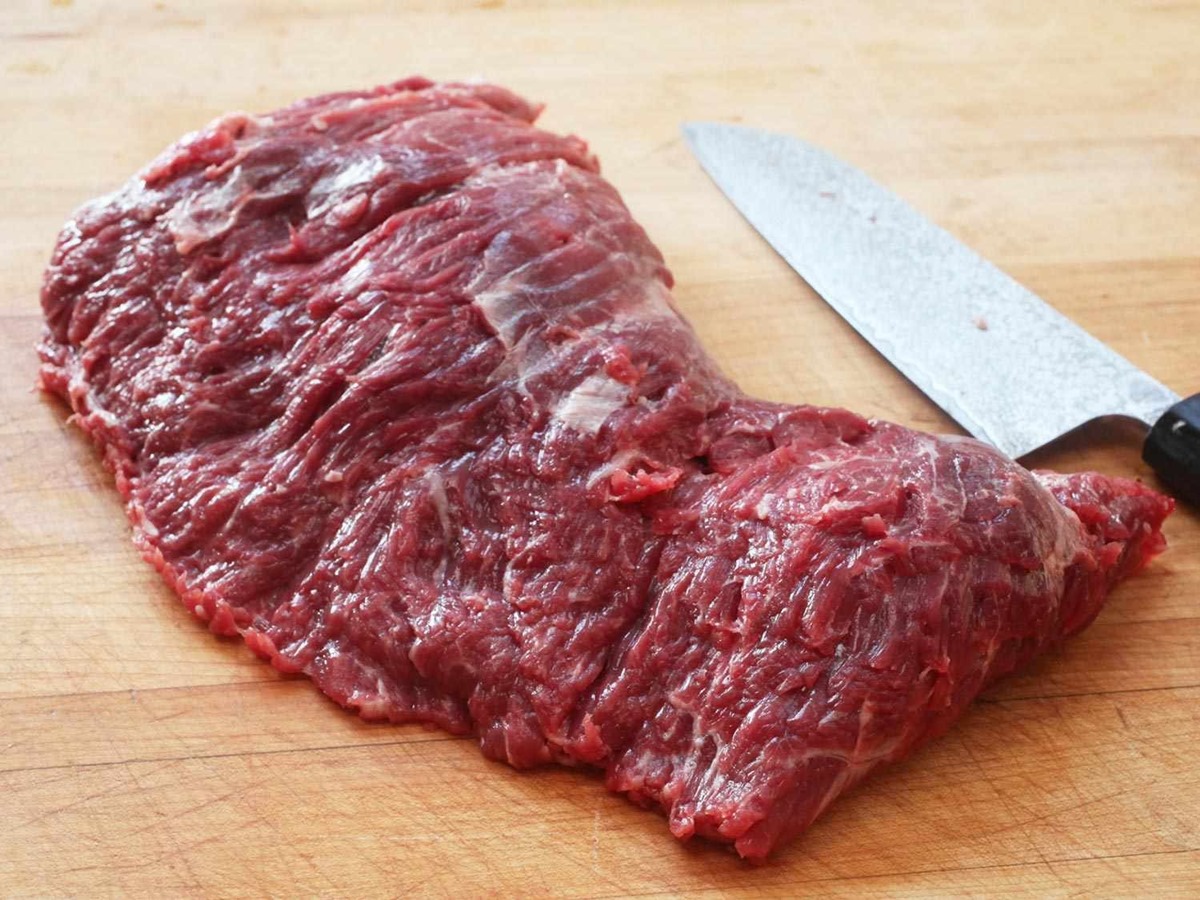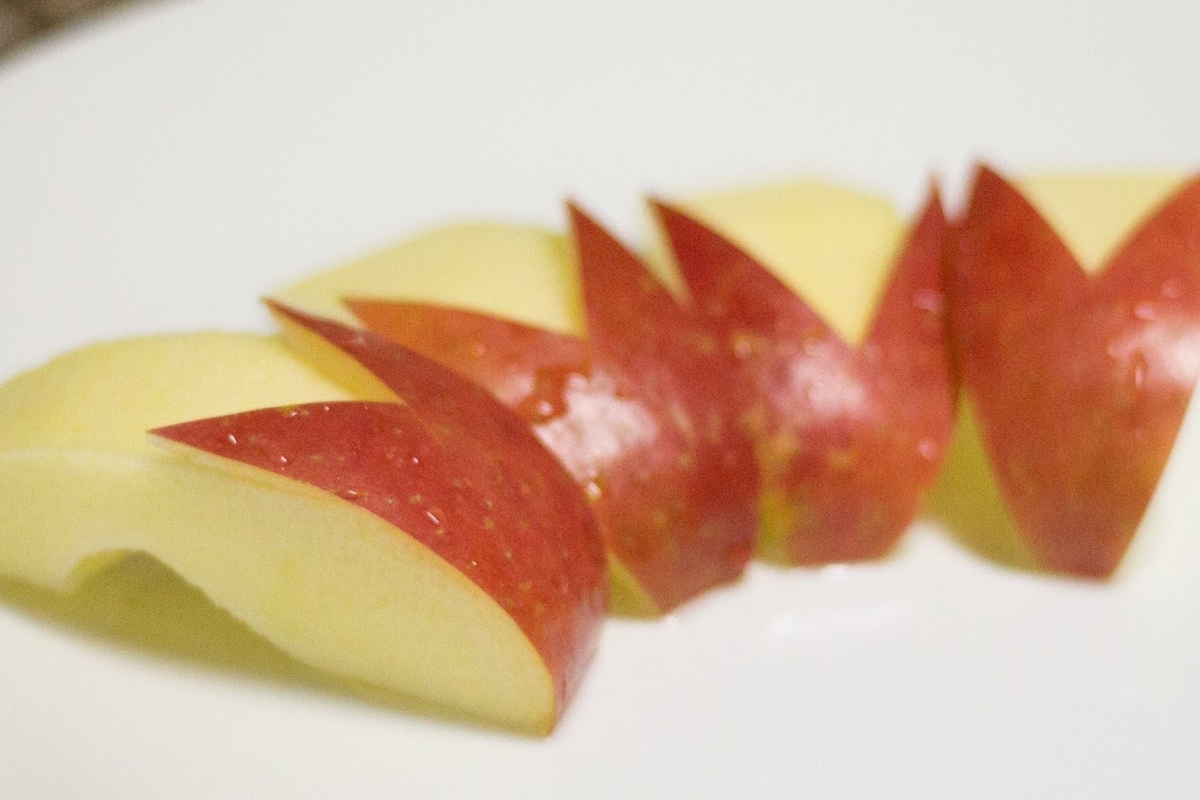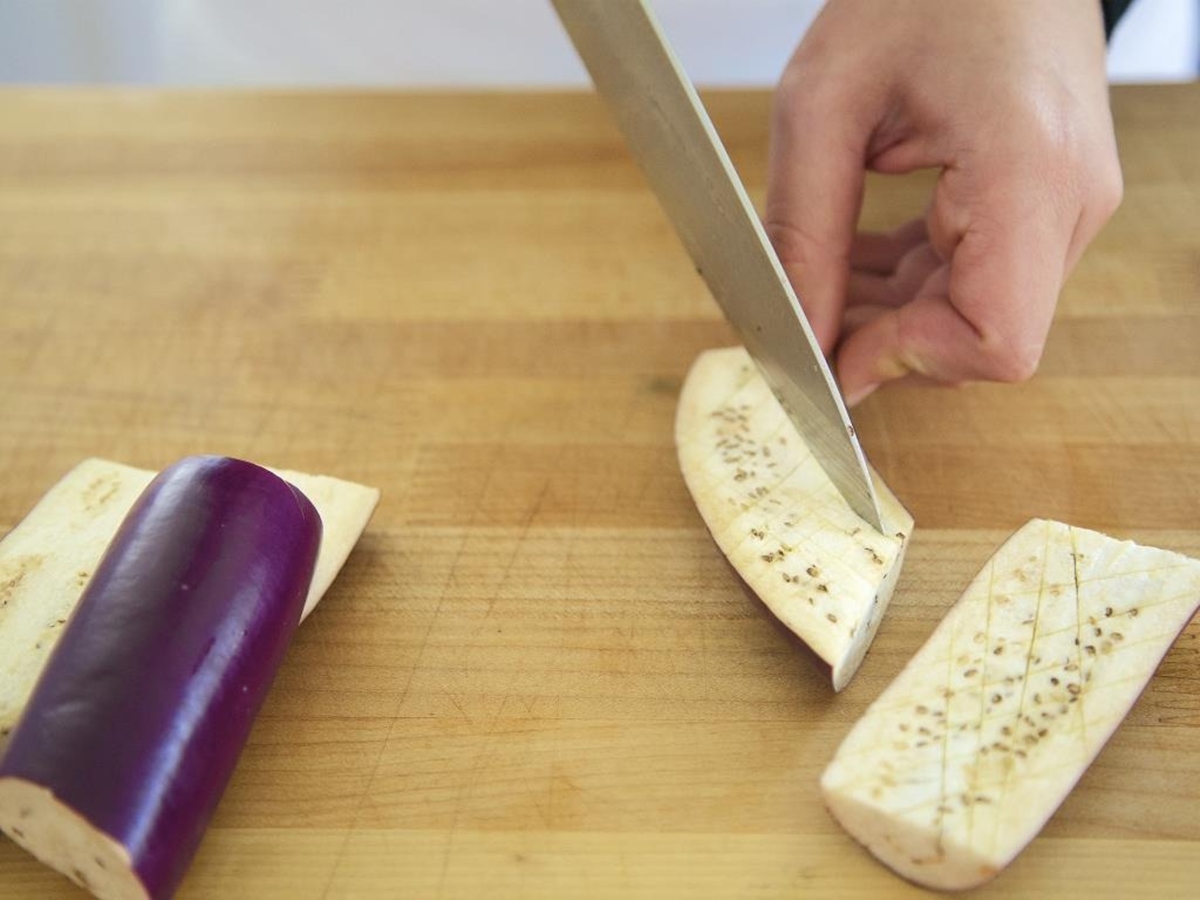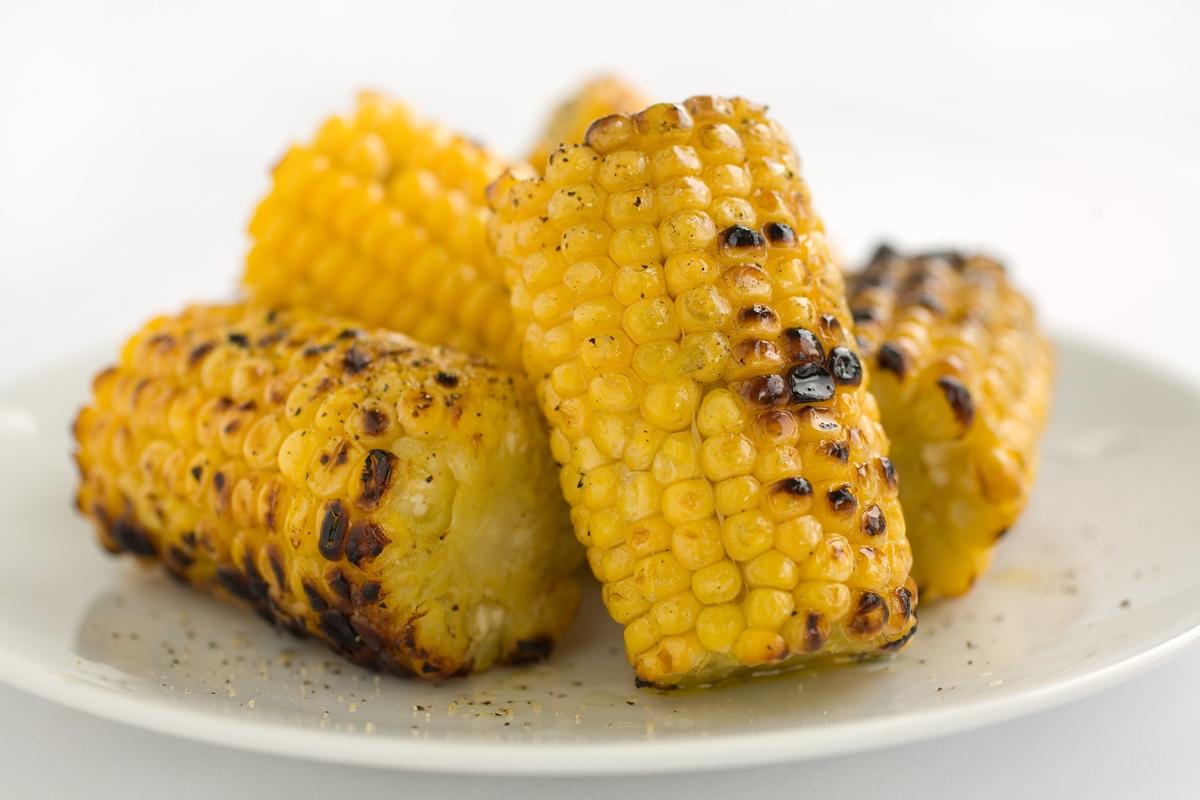How to Cut Celery for Soup: A Step-by-Step Guide
Celery is an essential ingredient in many soup recipes. Its crisp texture and delicate flavor can add depth and freshness to any dish. But before you toss those celery stalks into your soup pot, it’s important to know how to properly cut them for the best results. In this article, we will guide you through the process of cutting celery for soup.
Step 1: Choose Fresh Celery
When buying celery, look for stalks that are firm, with bright green leaves and no signs of wilting. Fresh celery will have a strong, refreshing aroma. It’s essential to start with high-quality celery to ensure the best flavor in your soup.
Step 2: Wash and Dry
Start by washing the celery stalks under cold running water to remove any dirt or debris. Pay special attention to the base of the stalks, as this is where dirt tends to accumulate. Pat dry the celery with a clean paper towel or kitchen cloth to remove excess moisture.
Step 3: Trim the Ends
Using a sharp knife, carefully trim off the root end and the leafy tops of the celery stalks. The root end is usually tough and fibrous, so it’s best to remove it. Removing the leafy tops will help the celery cook evenly in the soup and prevent any bitter flavors.
Step 4: Cut the Stalks
Now it’s time to cut the celery stalks into the desired size and shape for your soup. Here are a few common cutting techniques:
- Diced Celery: To achieve small, uniform pieces, cut the celery stalks into thin slices lengthwise. Then, stack the slices and cut them crosswise into small cubes.
- Matchstick Celery: For a more decorative look, cut the celery stalks into long, thin strips resembling matchsticks. This cutting technique works well if you want to add a crunchy texture to your soup.
- Sliced Celery: For a classic touch, simply slice the celery stalks into thin, round pieces. This is a quick and easy way to incorporate celery into your soup.
Step 5: Consider Celery Leaves
Don’t forget about the celery leaves! They might not be everyone’s favorite, but they can contribute a subtle herbaceous flavor to your soup. If you enjoy the taste, chop some of the leaves and add them to your soup as a garnish or during the cooking process for an extra layer of flavor.
Step 6: Add Celery to Your Soup
With your celery cut and prepared, it’s time to add it to your soup recipe. Whether you’re making a hearty vegetable soup or a comforting chicken noodle soup, celery will bring its unique taste and texture to the dish. Add the celery at the appropriate time in your recipe, considering its cooking time.
Now that you know how to cut celery for soup, you can confidently prepare delicious, homemade soups bursting with flavor. Remember, practice makes perfect, so don’t be afraid to experiment with different cutting techniques and recipes. Enjoy your celery-filled soups!
For those looking to practice their new celery cutting skills, there are plenty of soup recipes to try. The Cream of Celery Soup Recipe is a perfect choice to highlight the flavor of celery. If you're in the mood for something hearty, the Vegetable Beef Soup Recipe incorporates celery for added depth. For a classic option, the Chicken Noodle Soup Recipe is always a crowd-pleaser. For a unique twist, the Celery, Apple, and Walnut Soup Recipe offers a refreshing combination of flavors. Each of these recipes provides an opportunity to perfect your technique and enjoy a delicious bowl of soup.
Was this page helpful?
Read Next: How To Cut Bell Peppers For Salad

